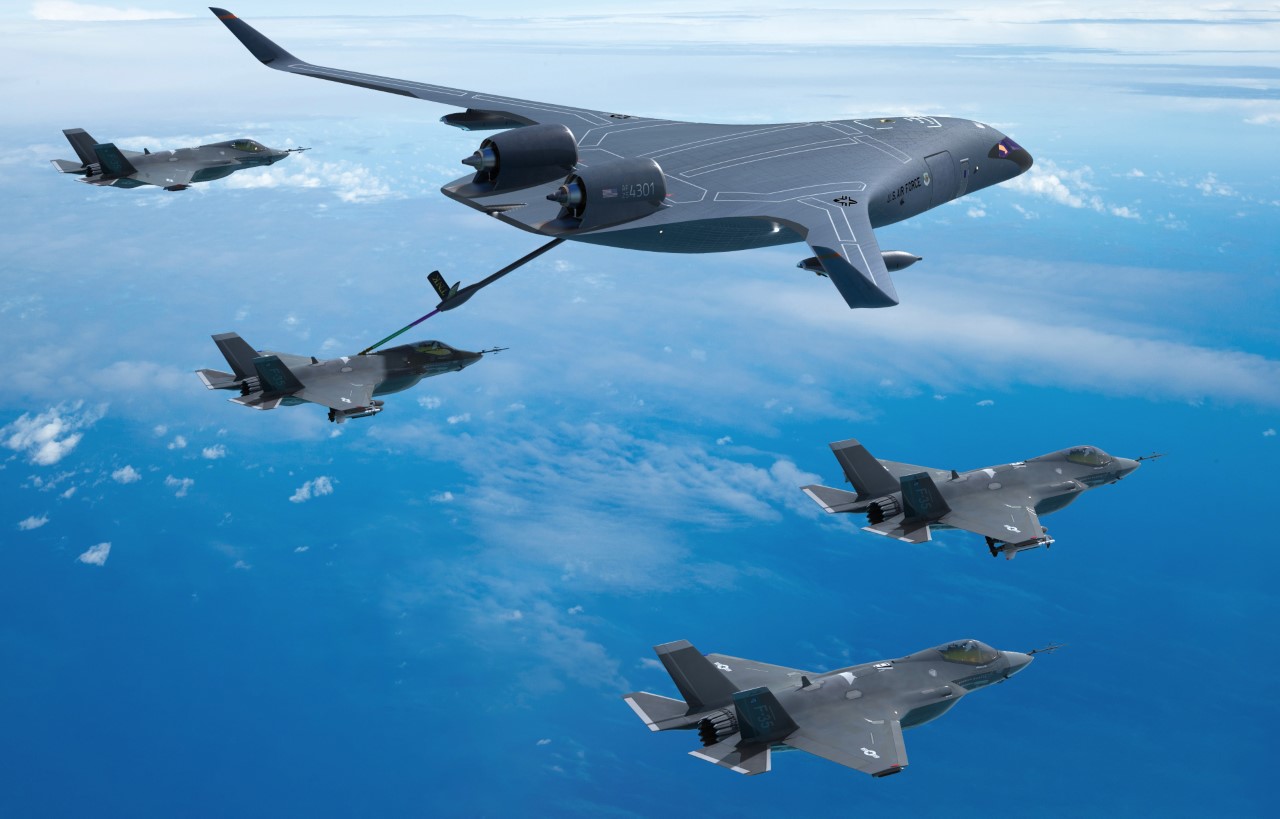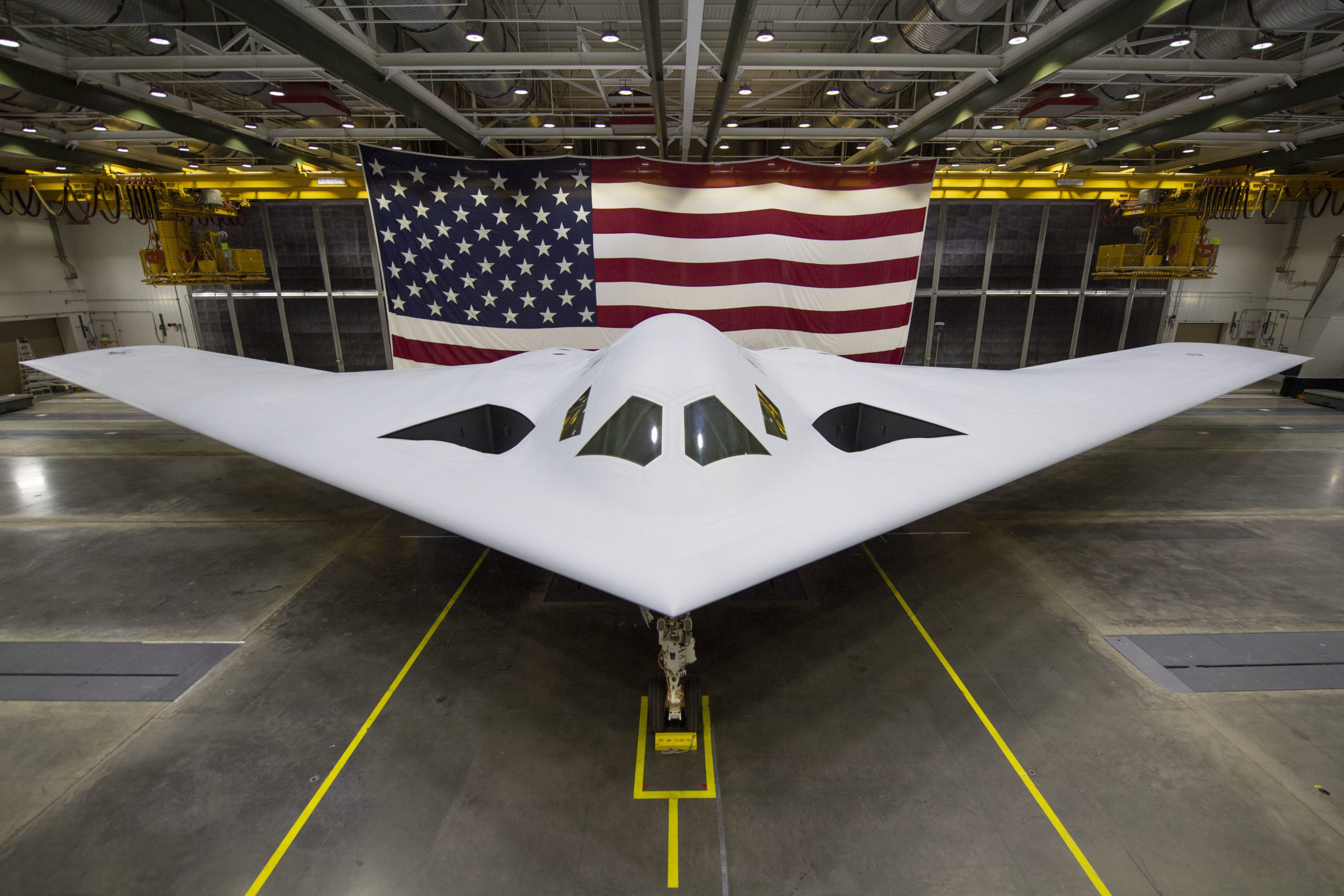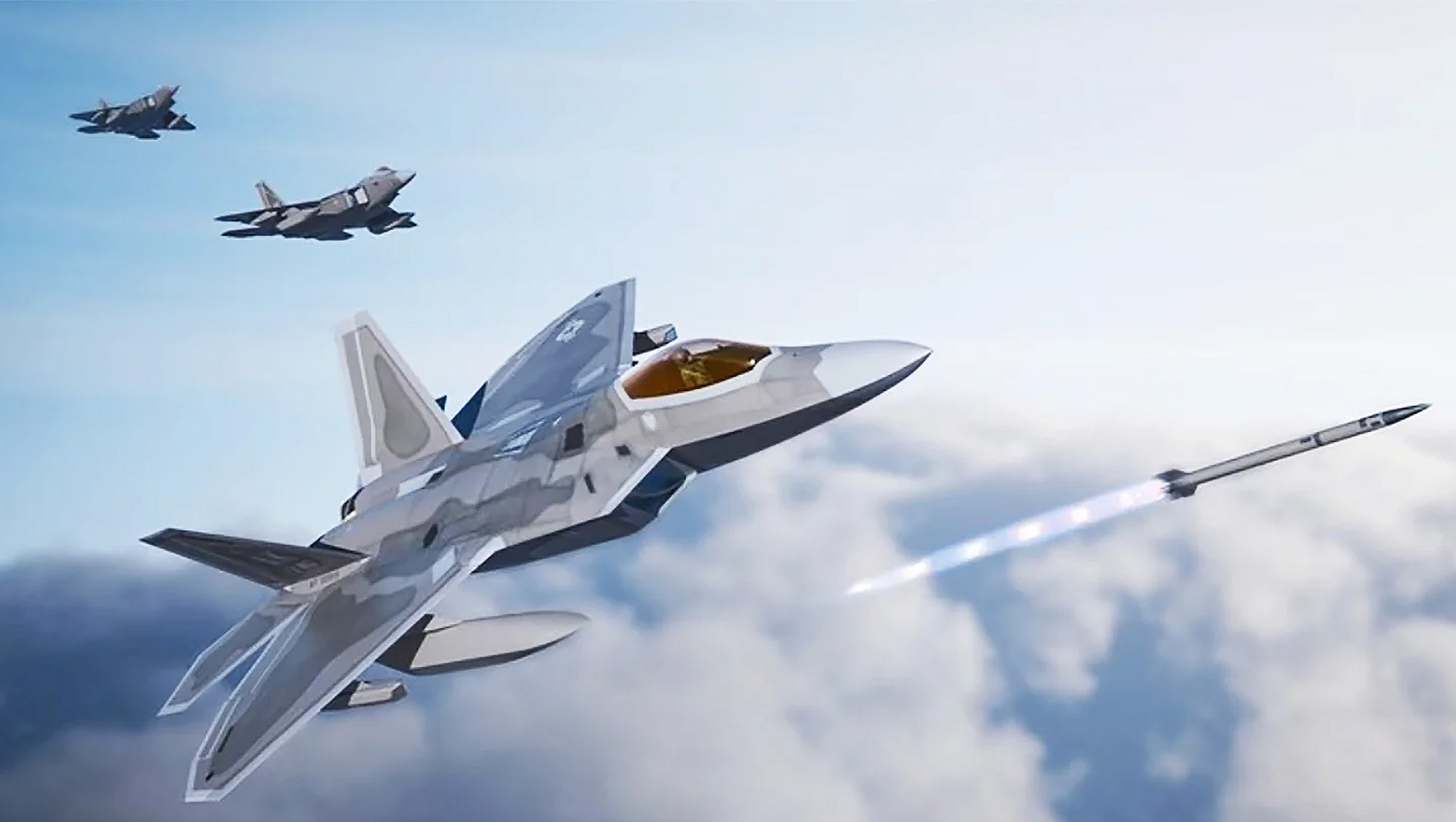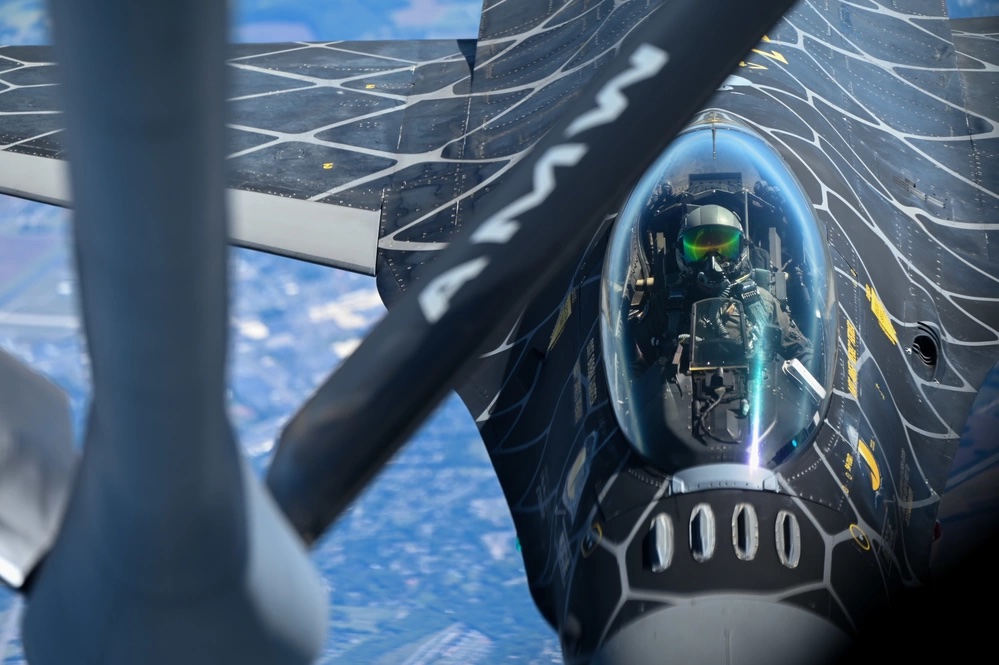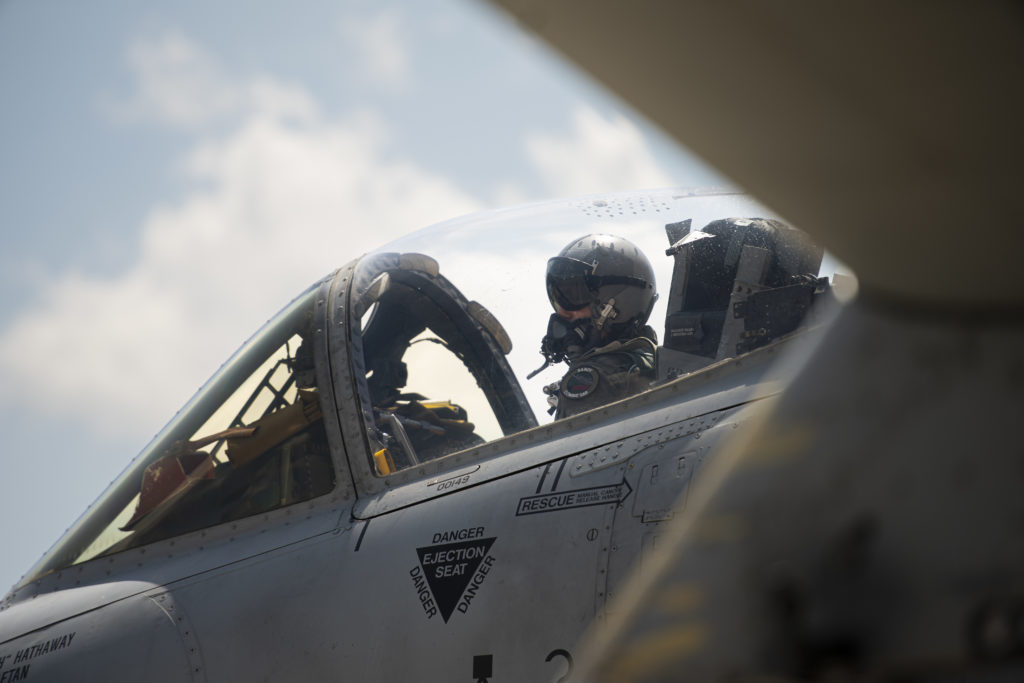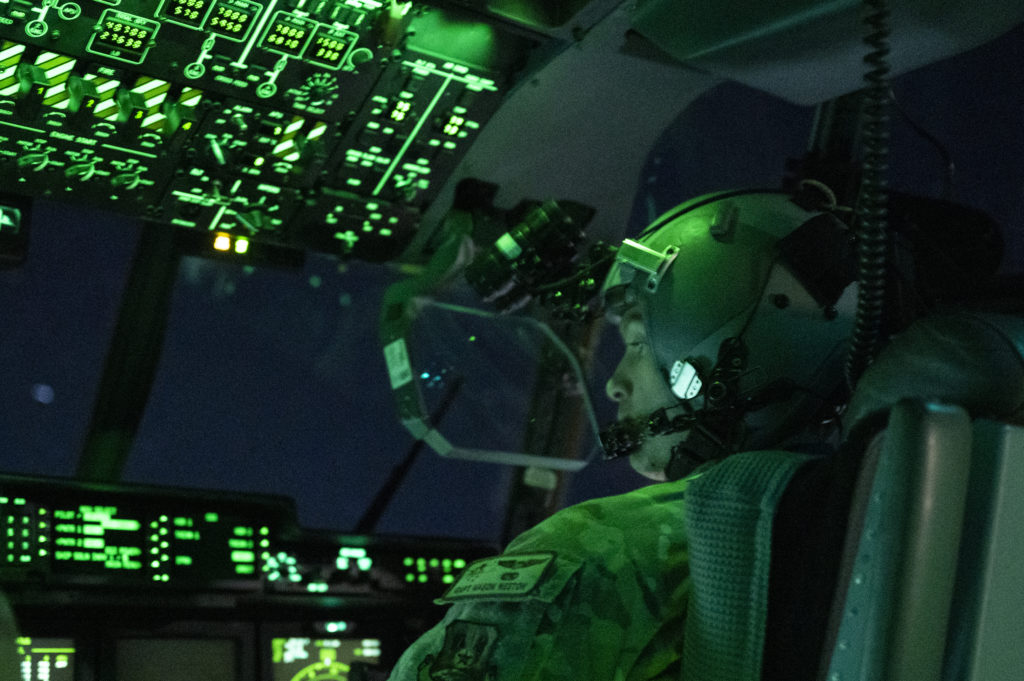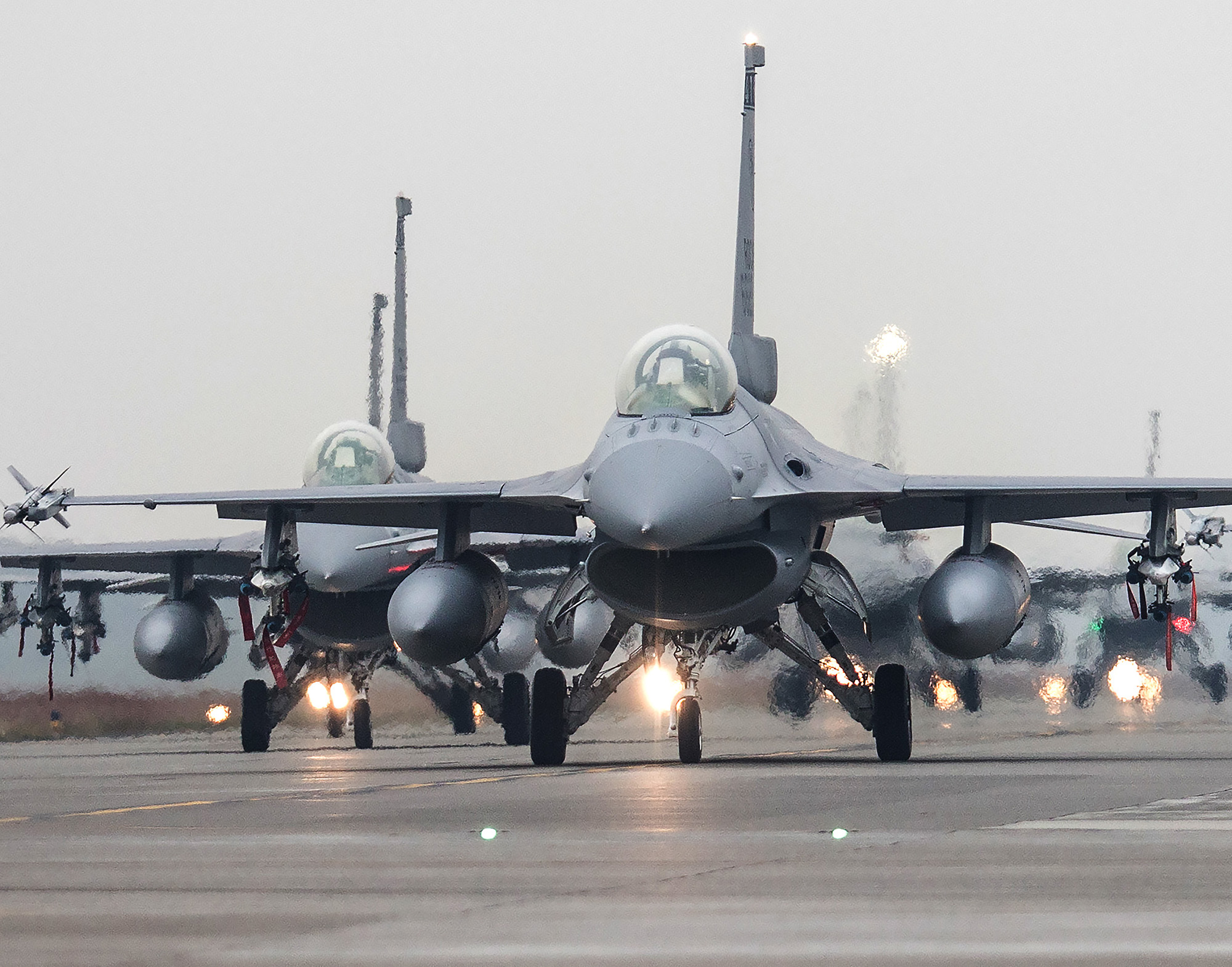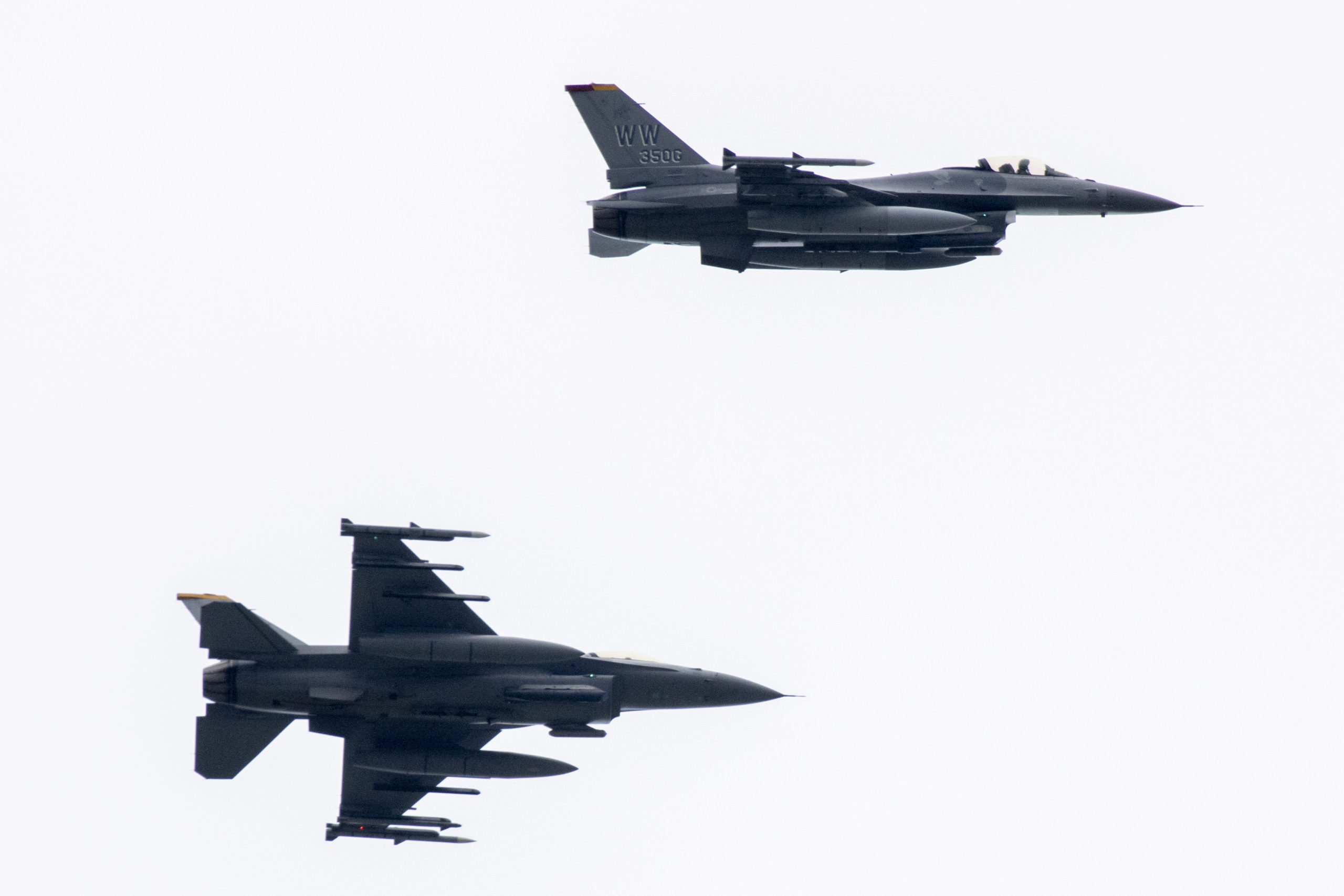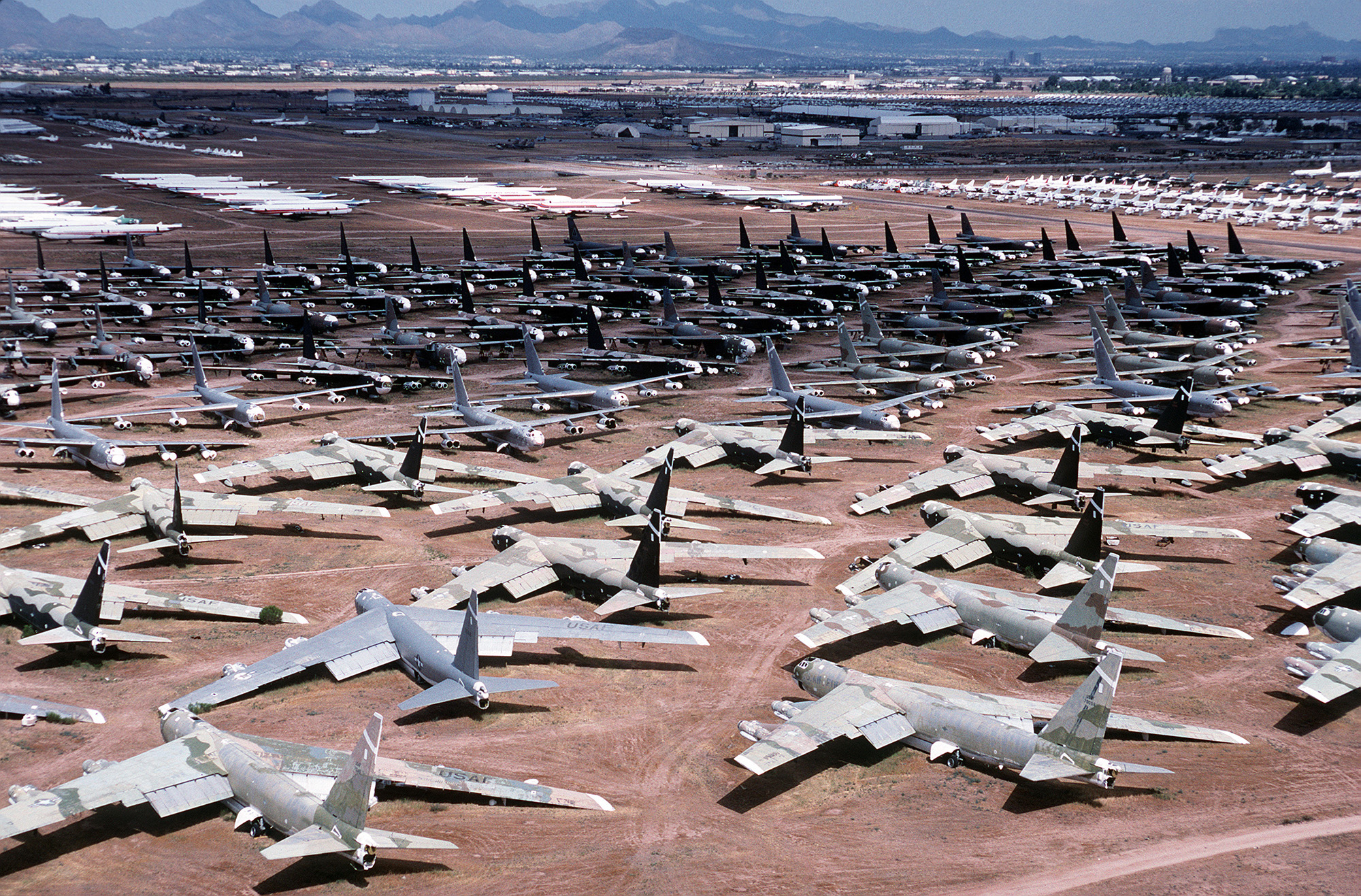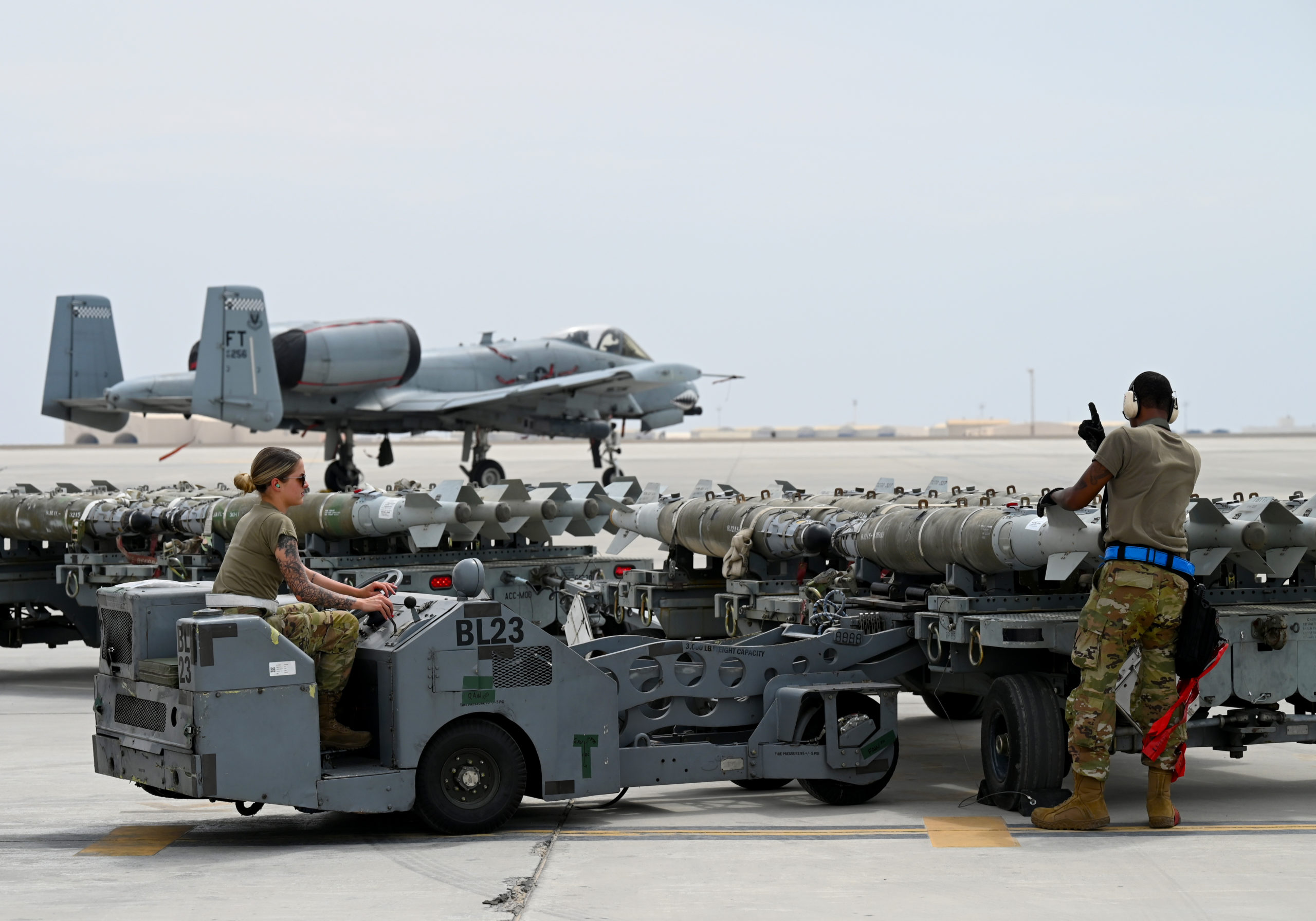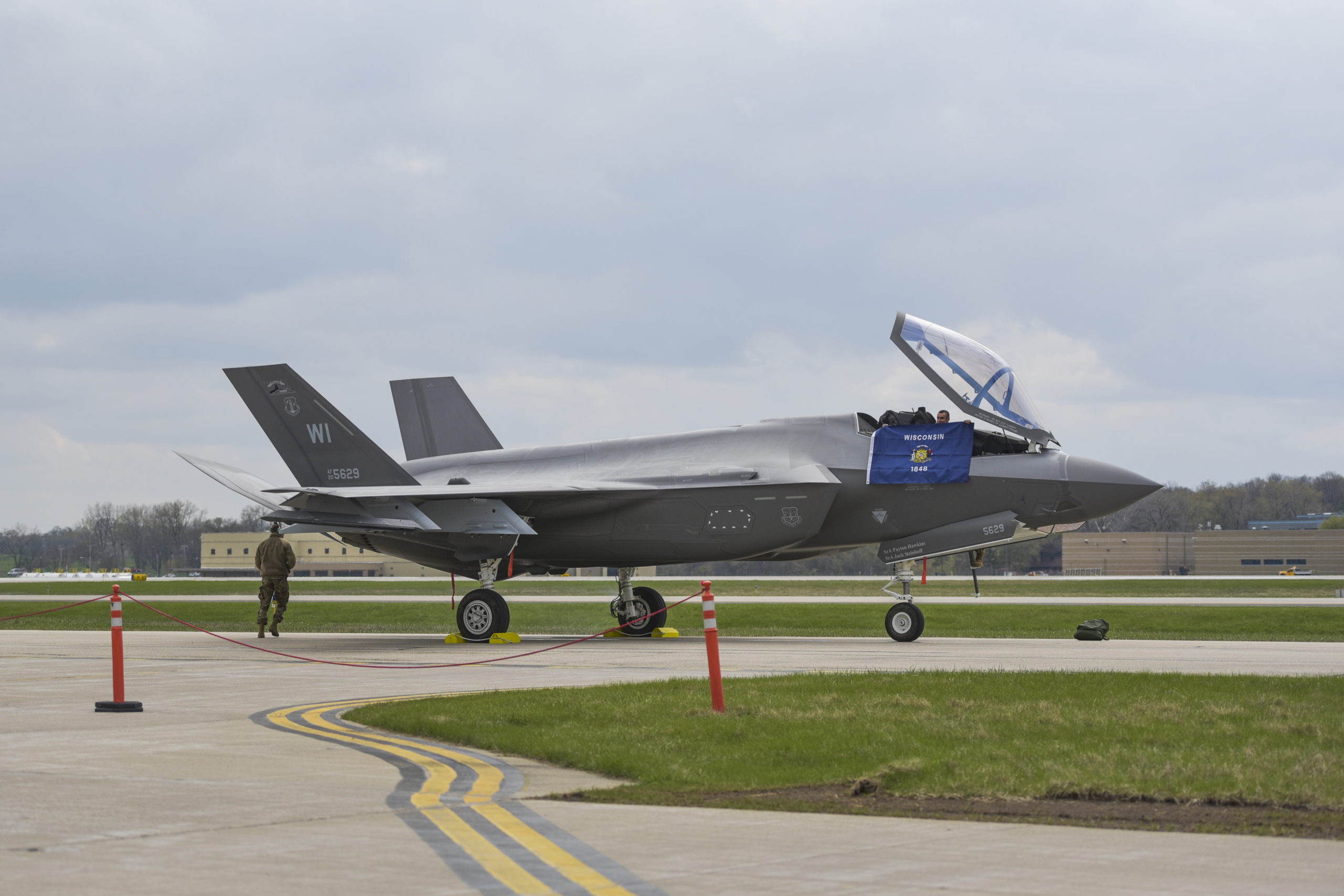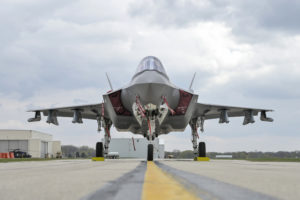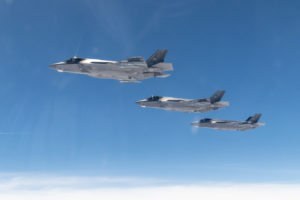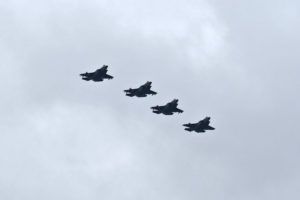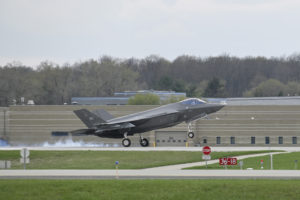As the Air Force embarks on what is likely to be a lengthy process of developing the Next Generation Air Refueling System (NGAS) to help recapitalize its aerial refueling fleet, the service is placing what Air Force Secretary Frank Kendall has described as a “premium on survivability” on future tankers.
That could mean shifting away from modified airliners or cargo jets and toward a blended-wing body design. Aerospace engineering company JetZero, partnering with defense giant Northrop Grumman, recently released their concept for just such an aircraft—garnering praise from one aerial refueling expert who said the design shows promise for the Air Force’s future needs to support a long-distance fight against a near-peer adversary.
In the near term, the Air Force is planning on purchasing 179 KC-46 tankers by 2029 to replace its aging KC-135 fleet. After that, the service is considering an additional 75 “bridge” tankers, either a modified KC-46 or another traditional refueler like Lockheed Martin and Airbus’ LMXT offering.
But beyond that, the long range of modern anti-air threats means traditional tankers won’t be able to get as close to the fight as necessary to keep fighter jets fueled, Kendall told the House Armed Services Committee on April 27.
“To have tactical fighters that can operate effectively, you’ve got to tank them within a few hundred miles of where they’re going to operate,” Kendall said. “So we need tankers that can get into ranges where they are now threatened. Current tankers are not very effective at that. And the commercial derivative tanker, which is a traditional route to getting one, is probably not going to be effective either, although that’s not off the table yet.”
That means NGAS, which the Air Force launched in January with the goal of delivering a stealthy tanker by 2040, may need to be purpose-built to operate closer to well-defended targets. Though the shape of the tanker is yet to be determined, the service is considering blended-wing body designs.
A BWB is “a hybrid shape that resembles a flying wing” that also includes features from conventional “tube-and-wing airframes,” according to NASA.
Northrop and JetZero lifted the lid on their BWB concept in late April, referring to the medium-sized aircraft as the Z-5. When configured as a tanker, the Z-5 would be able to carry up to twice the fuel of the KC-46 on a maximum-range mission, Aviation Week reported. It is projected to be half the weight and require half the power of the Boeing 767, the aircraft on which the KC-46 is based, the company wrote in a press release, and will have a range of at least 5,000 nautical miles.
JetZero declined to share more details on the Z-5 with Air & Space Forces Magazine, but more specifics may be available later this year.
Still, Timothy Walton, a senior fellow at the Hudson Institute, said a design like the Z-5 could provide the long range and endurance the Air Force needs to gas up fighters and other aircraft over the Pacific, while a medium size would allow it to operate from smaller, forward airfields. A BWB design presents a relatively low radar cross section and infrared signature, and with a long flight time, the aircraft could loiter much closer to a contested airspace than the Air Force’s current tankers—and all for a smaller operating cost.
An aircraft with the Z-5’s projected range and endurance “could provide U.S. operational planners with flexible, dynamic options to deploy and employ tankers and impose dilemmas on Chinese planners seeking to counter U.S. air operations,” Walton told Air & Space Forces Magazine. “Moreover, rather than solely relying on incremental improvements in propulsive efficiency, JetZero’s innovative platform generates far greater aerodynamic efficiency.”
JetZero has made the Z-5’s aerodynamic qualities a key focus in promotional materials, and they could be key for the Air Force given how it plans to operate in the future.
The aircraft’s medium-sized design would allow “efficient use of valuable airfield capacity” and maximize the number of tankers and the amount of gas available at forward and intermediate airfields, Walton noted. It could also “enable very long-range operations from distant airfields that are difficult for the People’s Liberation Army to suppress,” he said.
A BWB tanker wouldn’t satisfy every Air Force demand, though, Walton cautioned. The service will likely consider a broad range of refueling tankers—smaller, stealthy tankers to penetrate defended airspace and deliver gas in a contested environment, off-the-shelf tankers optimized for short takeoff and landing could fuel Air Force operations across small, distributed airfields, and highly-efficient BWB tankers like the Z-5 that could loiter at the edge of contested spaces as strike aircraft transit to and from those spaces.
No matter which platform the Air Force chooses for NGAS, it must modernize its command and control and communication systems on current and future tankers, as well as the aircraft’s defensive countermeasures, Walton said.
JetZero is currently competing for a $245 million Air Force BWB demonstration program, which involves developing a full-scale demonstrator aircraft. The company website said the aircraft will launch in 2030.
